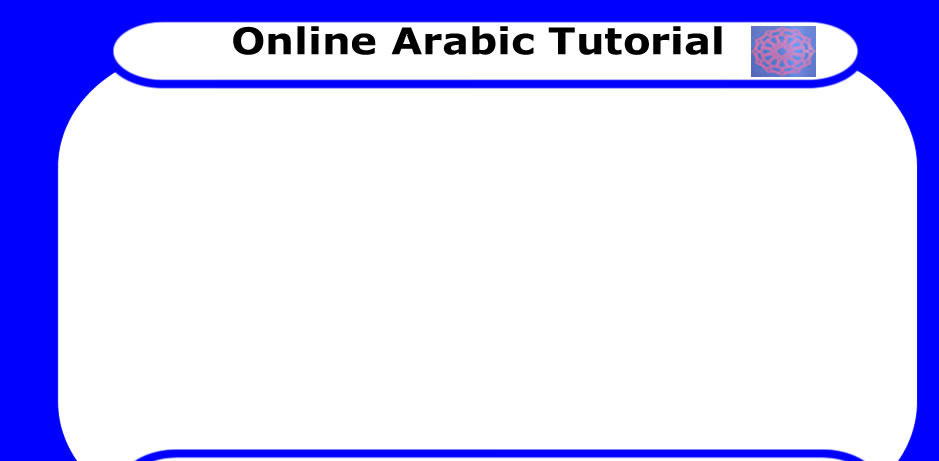






 |
||||||||
 |
 |
|||||||
 |
 |
 |
 |
|||||
Lesson 1.6 (page 2 of 2)
Sound |
Trans. |
Letter |
Arabic |
Trans |
English |
H |
Hamama |
pigeon |
|||
kh |
kharuf |
sheep |
|||
S |
Sabah |
morning |
|||
D |
Dabab |
fog |
|||
T |
Tabeeb |
doctor |
|||
dinner |
|||||
gh |
ghurfa |
room |
|||
q |
qareeb |
near |
|||
|
' |
|
' |
' |
Examples: